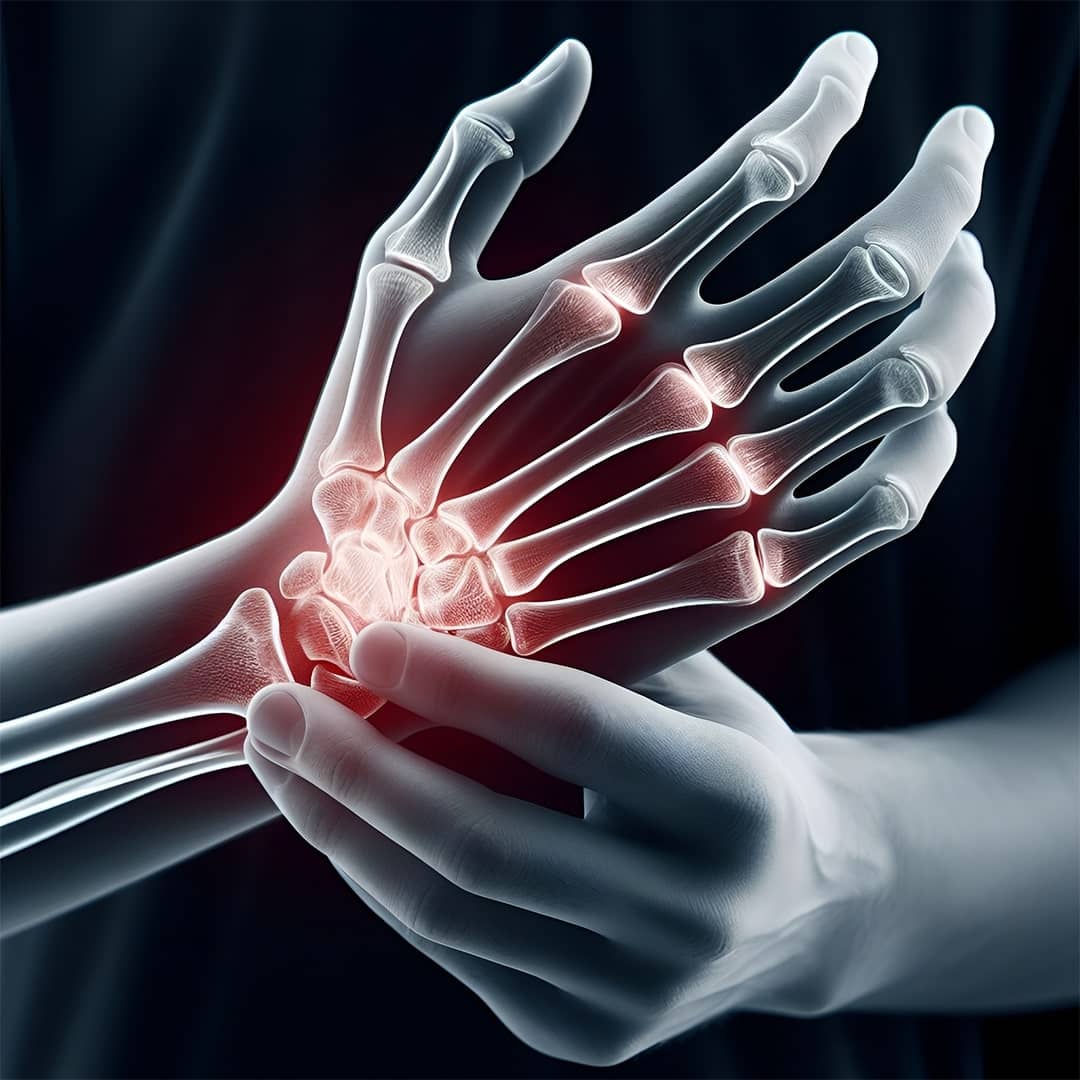COMPLICATIONS
Rheumatoid arthritis (RA) can lead to various complications that extend beyond joint problems. Some common complications associated with RA include:
Joint Damage: Persistent inflammation in the joints can cause damage and deformities over time, affecting mobility and function.
Joint Dislocation: Severe joint inflammation may lead to joint dislocation, particularly in the fingers and wrists.
Cardiovascular Issues: RA is associated with an increased risk of cardiovascular diseases, including heart attacks and strokes.
Lung Problems: Inflammation from RA can affect the lungs, leading to conditions such as pleuritis or interstitial lung disease.
Osteoporosis: Chronic inflammation and using certain medications for RA can contribute to bone loss, increasing the risk of osteoporosis.
Rheumatoid Nodules are form lumps that can develop under the skin, often near joints. They are not usually painful but can be a cosmetic concern.
Anemia: Chronic inflammation, along with certain medications, can contribute to anemia, leading to fatigue and weakness.
Peripheral Neuropathy: In some cases, RA can cause nerve damage, resulting in symptoms such as tingling, numbness, or weakness in the extremities.
Infections: The immune system dysfunction in RA and immunosuppressive medications may increase the risk of infections.
Emotional and Mental Health Issues: Chronic pain and the challenges of living with a chronic condition can impact mental health, leading to illnesses like depression and anxiety.
Eye Problems: RA can affect the eyes, leading to conditions such as dry eye, inflammation of the white part of the eye (scleritis), or inflammation of the colored part of the eye (uveitis)
 +1 (857) 707 3625
+1 (857) 707 3625 +91 7428 109 528
+91 7428 109 528






